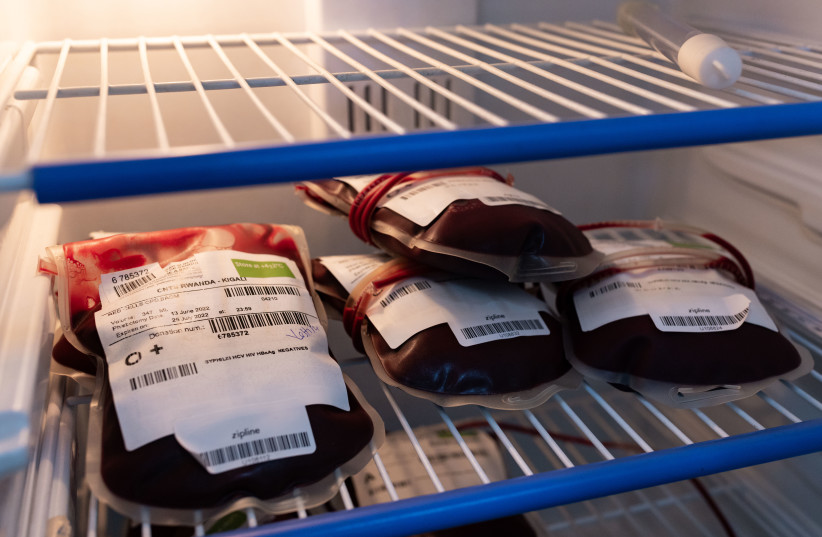More metals found in people’s blood in Haifa Bay than rest of Israel

The study suggests that this could be due to Haifa's high air pollution.
During the last decade, higher disease rates have been reported among residents of Haifa compared with the rest of the country, with air pollution from local industries partially blamed for this. A new study of blood donations by people living in Haifa was carried out that compared their concentration of heavy metals with blood donated in the rest of the country and estimated the link between the metals’ concentrations in blood and exposure in the air.
The study design was based on a supply of blood units by Magen David Adom (MDA) Blood Services to the entire population of Israel. The study population comprised a random sample of blood donors at all locations in the country, stratified by their location – from the Haifa Bay or non-Haifa Bay area.
The sampling was performed at MDA Blood Services headquarters, and the research was carried out at Soroka-University Medical Center in Beersheba. The samples of whole blood were tested at the Health Ministry’s National Laboratory of Public Health and Ben-Gurion University of the Negev in Beersheba.
What did the study find?
The donors’ residential addresses and the donation sites’ locations were geocoded and merged with the levels of pollutants recorded by the nearby monitoring stations. Pollutants included nitrogen dioxide (NO2), sulfate dioxide (SO2), ozone (O3), carbon monoxide (CO) and particulate matter (less than 10 mm. and 2.5 mm. in diameter).
While blood donors from the Haifa Bay area were shown to have lower levels of arsenic and cadmium and higher levels of chromium and lead, compared with donors in the rest of the country, donors with high lead concentrations were likely to live close to quarries and be exposed to higher levels of small particulate matter, carbon monoxide and sulfate dioxide. An association between ambient levels of pollution and internal metals’ concentrations reaffirmed the link between the two in the pathological pathway from air pollution to morbidity, the team wrote.

All analyses were adjusted to age, sex, and whether they smoked. The researchers said all associations established in the analyses were statistical and did not necessarily indicate a causality among the analyzed factors.
During February and March of last year, they tested 6,230 samples, and out of these, 911 were for the four metals arsenic, cadmium, chromium and lead. They found that the metals’ concentrations were comparable to the general population in Europe. Donors living in the Haifa Bay area where industries are located had lower levels of arsenic and cadmium, compared with the rest of the donors in Israel, and higher levels of chromium and lead.
These metals appeared to be 1.08-1.10 times higher (only borderline significance) among Haifa Bay residents than in the rest of the country. Chromium and lead levels were between 1.13 and 1.5 times higher in those who donated in the Haifa Bay area, but not all necessarily lived in that area.
The researchers said an extensive investigation of industries in the Haifa Bay area and other areas in the country featured by high levels of metals was necessary and planned to conduct such a study.
“Additionally, testing of the remaining samples collected in the study seems to be of the highest importance and has the potential to reveal possible sources of exposure and speed up their elimination in the future,” they wrote. “Also, the link between diseases and chromium and lead exposure in the Haifa Bay area should be explored.”
Over the years, there has been a significant improvement in the air quality in Haifa Bay. According to the Environmental Protection Ministry’s 2021 report, cumulative reductions in the emission of pollutants into the air of 50% to 94% occurred in Haifa Bay from 2012 to 2021, depending on the pollutant.
Environmental Protection Minister Idit Silman said: “We promote research in the field of health and the environment, the results of which contribute to creating an up-to-date picture and understanding the impact of environmental factors on health. Polluting industries must be removed from the population centers to preserve the health of the residents and the quality of life and the environment, and we are working to this end, among other things, by implementing the government’s decision to evacuate the petrochemical industry from Haifa Bay.”
